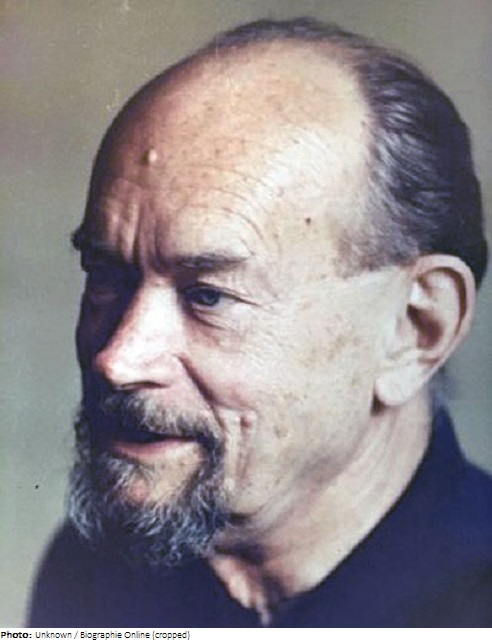Tullio Crali

Biographical information
| Roles | Competed in Olympic Games |
|---|---|
| Sex | Male |
| Full name | Tullio•Crali |
| Used name | Tullio•Crali |
| Born | 6 December 1910 in Igalo, Herceg Novi (MNE) |
| Died | 5 August 2000 (aged 89 years 7 months 30 days) in Milano, Milano (ITA) |
| NOC |  Italy Italy |
Biography
Tullio Crali, a native of Montenegro from an Italian-speaking family, later lived in Zadar (now Croatia) and Gorizia (now divided between Italy and Slovenia). He came under the influence of the Futurists in 1925, and devoted his life popularizing this style. He was especially involved in the Aeropittura, the painting of Perspectives of Flight (“The changing perspectives of flight constitute an absolutely new reality that has nothing in common with the reality traditionally constituted by a terrestrial perspective”). Because this movement was favored by the Fascist government it was later mistrusted and fell into oblivion. He also designed stage sets and made architectural designs. After World War II he worked in Torino, the UK and Paris and became a professor in Cairo for five years. From 1966 he worked for the Futurism Museum in Milano.
Crali presented his paintings Lotta greco-romana and Lotta libera at the 2nd National Sports Exhibition. As a result, both works were selected for the art competitions of the 1936 Olympic Games. The better known Lotta greco-romana is an oil painting on panel painted in 1935 (70 x 77 cm), and is now in the Museum of Modern and Contemporary Art of Trento and Rovereto (MART).
Results
| Games | Discipline (Sport) / Event | NOC / Team | Pos | Medal | As | |
|---|---|---|---|---|---|---|
| 1936 Summer Olympics | Art Competitions |  ITA ITA |
Tullio Crali | |||
| Painting, Paintings, Open (Olympic) | ||||||
| Painting, Paintings, Open (Olympic) |